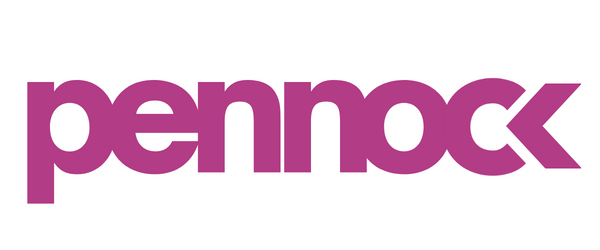Playing to WIN in 2022
Over the past year I’ve worked with this amazing executive coach, Sharon Margules, who my husband also worked with at LinkedIn. She’s been phenomenal on many fronts, but one of my favorite sessions with her was developing Pennock’s Playing to WIN strategy. This framework was an easy way to structure Pennock’s vision, strategy, and execution. Once completed, which honestly didn’t take too long, it was a great way to share our business vision and strategy with our fully remote marketing team. So let me share with you how my brain works and how that guided me through the framework.
What is Strategy?
Really, strategy is about making explicit choices— to do some things and not others— and building a business around those choices. In short, strategy is choice. More specifically, strategy is an integrated set of choices that uniquely positions the firm in its industry so as to create sustainable advantage and superior value relative to the competition.
The Daily 24/7 Grind (let’s leave this in 2021)
As an agency owner, too often I allow the urgent to cloud out the important…what a grind!
Rather than develop strategies, many leaders (myself included at times) tend to approach strategy in one of the following ineffective ways:
they define strategy as a vision;
they define strategy as a plan;
they deny that long-term strategy is possible;
they define strategy as the optimization of the status quo; and
they define strategy as following best practices.
These ineffective approaches are driven by a misconception of what strategy really is and a reluctance to make hard choices.
While everyone wants to keep options open as long as possible, only making and acting on choices allow us “to win.”
“When a company sets out to participate, rather than win, it will inevitably fail to make the tough choices and the significant investments that would make winning even a remote possibility.”
The WIN Strategy Playbook
Playing to WIN is a cascade of five main choices.
What is your winning aspiration?
The purpose of your enterprise, its motivating aspiration. This could be your product vision or long-term goals. Sometimes I structure those using OKRs, but not at this level. This is not your company-winning aspirations, it is your product or service-winning aspirations. For example, your company might want to double the number of customers, your winning aspirations could be a proxy to get to that, but not directly. If you are focused on user experience, for example, then improving the referral process might be a good winning aspiration. Always think in terms of your product or service.Where will you play? A playing field where you can achieve that aspiration. A lot could be said about segmentations here. That said, keep it simple at this point. This should be all or a subset of the core target markets. List the type of customers, the channels on how to reach them, the products you are building for them, and any geography constraints.
How will you win? The way you will win on the chosen playing field. State clearly how you will win in the marketplace. A good start could be to understand your competitive landscape and what your competitors are offering. It is also important to understand where you stand, and whether you are leading the industry or not. Clearly identify the things that you will do to win and the things that you will NOT do.
What capabilities must be in place? The set and configuration of capabilities required to win in the chosen way. Capabilities are a hard thing to build and acquire.
What management systems are required? The systems and measures that enable the capabilities and support the choices. In some cases, if you don’t have a mature process and management systems in place, it is vital to state that clearly here. For example, do you collect NPS from your customers? Do you have a mature agile process by which you can deliver consistently on your new initiatives? What management systems do you need in place to be able to successfully execute this strategy?
Here is the Playing to WIN template for you to begin using this super fast and effective tool. Psst: it includes Pennock’s actual WIN strategy for 2022!
Happy Playing to WIN planning!

